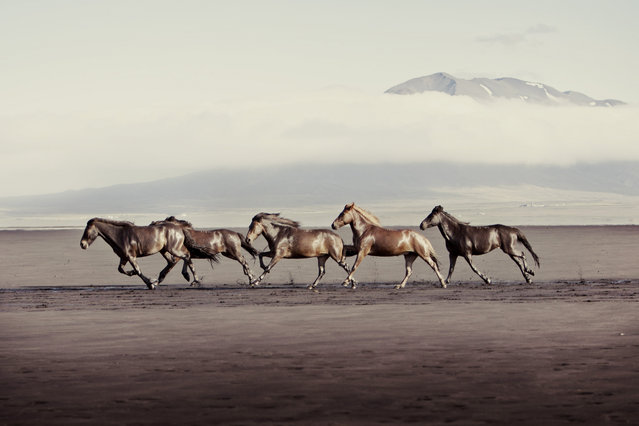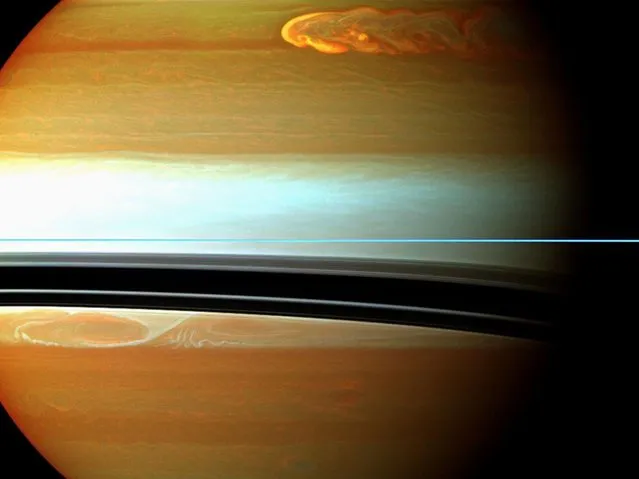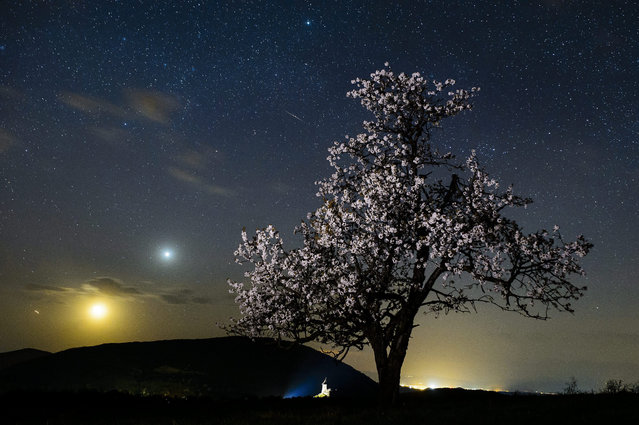
Makers, meet your DIY dream car. Toyota‘s Calty Design Research Studio just unveiled its brand new Urban Utility concept car – an ultra flexible vehicle with a transforming interior designed to meet the needs of today’s on-the-go makers. Toyota packed an amazing amount of space into a footprint the size of a compact car. The U-squared can seat up to four passengers, or you can fold down three seats and roll out an array of racks, movable rails, and storage trays that can accommodate everything from surfboards and bikes to bulky equipment (like your homemade tesla coil).
19 Sep 2014 11:08:00,post received
0 comments







